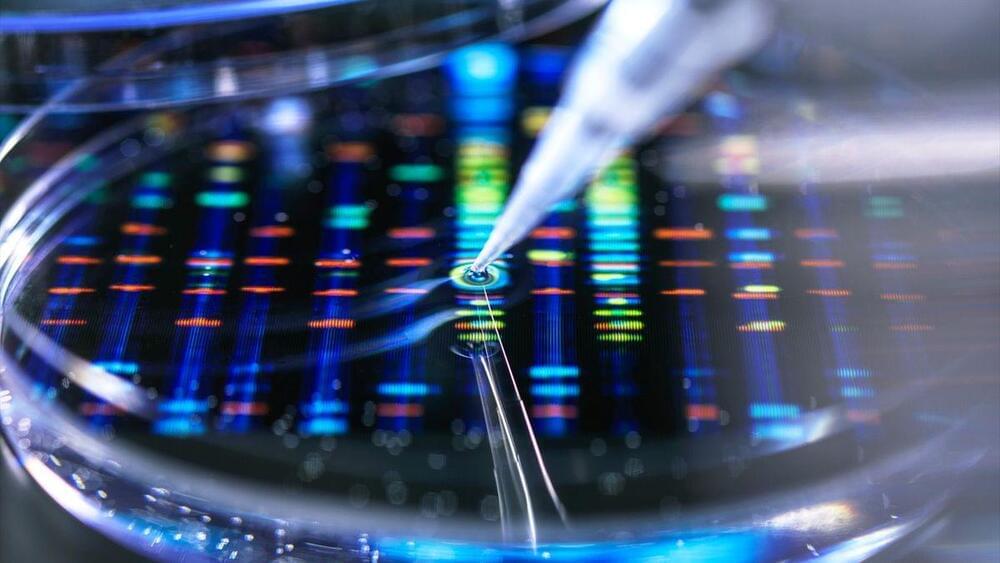The theoretical physics and paradoxes of time travel often brush up against multiverse theory and the idea of alternate universes.


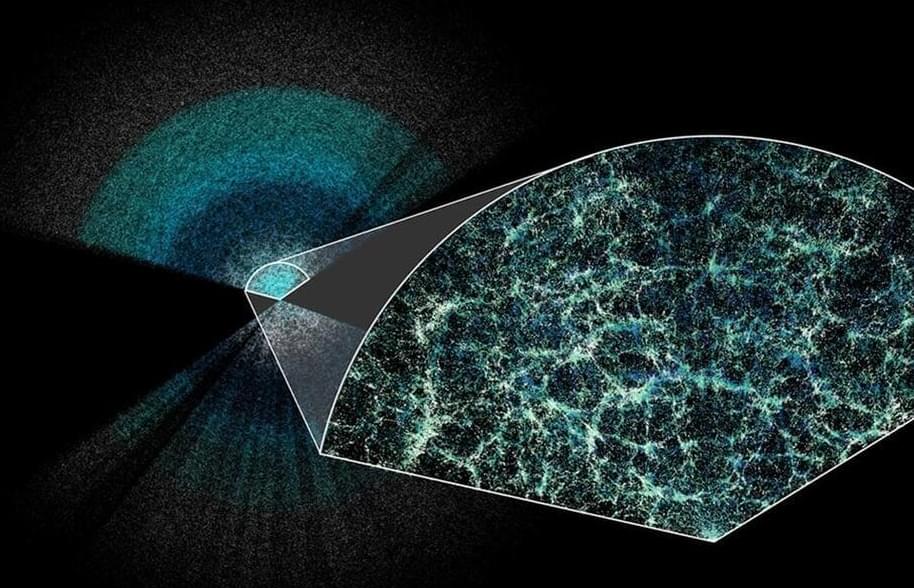
Talks about Medical Time Travel and Cryopreservation.

Researchers at Osaka University have discovered that considering sustainability issues through the lens of “imaginary future generations” provides valuable perspectives on technological advancements and trends in society.
The world stands on the brink of a crucial environmental threshold; the choices we make today about energy, resources, and the environment will have profound consequences for the future. Despite this, most sustainable thought tends to be limited to the viewpoint of current generations.
In a study published in Technological Forecasting and Social Change, researchers from Osaka University have revealed that adopting the perspective of “imaginary future generations” (IFGs) can yield fascinating insights into long-term social and technological trends.
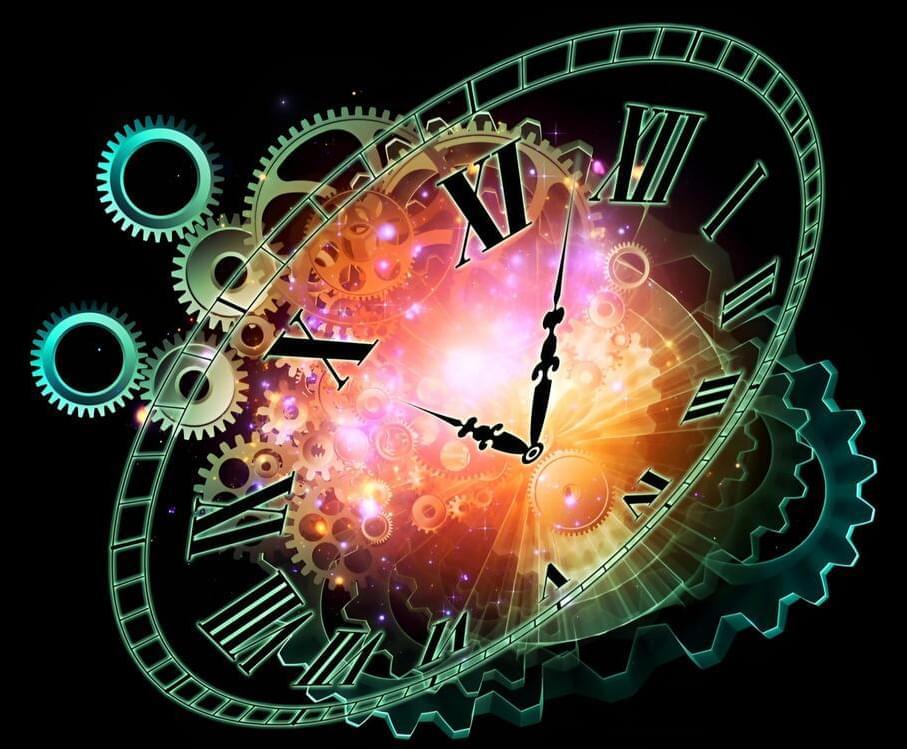
Can you imagine going back in time to visit a lost loved one? This heartwrenching desire is what propelled astrophysicist Professor Ron Mallett on a lifelong quest to build a time machine. After years of research, Professor Mallett claims to have finally developed the revolutionary equation for time travel.
The idea of bending time to our will – revisiting the past, altering history, or glimpsing into the future – has been a staple of science fiction for over a century. But could it move from fantasy to reality?
Professor Mallett’s obsession with time travel and its equation has its roots in a shattering childhood experience. When he was just ten years old, his father, a television repairman who fostered his son’s love of science, tragically passed away from a heart attack.
What if AI companies like Chat GPT were actually honest about how horrifically terrible they are? Roger Horton investigates.
SUBSCRIBE HERE: http://goo.gl/ITTCPW
Get more of this in the One Cracked Fact newsletter at https://cracked.com/newsletters!
CAST:
Roger Horton: Jack Hunter.
Time Traveler: Michael Strauss.
Writer: JEREMY KAPLOWITZ
Director, Producer: Michael Strauss.
Director of Photography: Rob Menzer.
Editor: Gabrielle Williott.
Sound: Maxwell DiPaolo.
Camera Assistant: Rachel Mossberg.
Head Writer: Jesse Eisenmann.
#chatgpt #ai #artificialintelligence
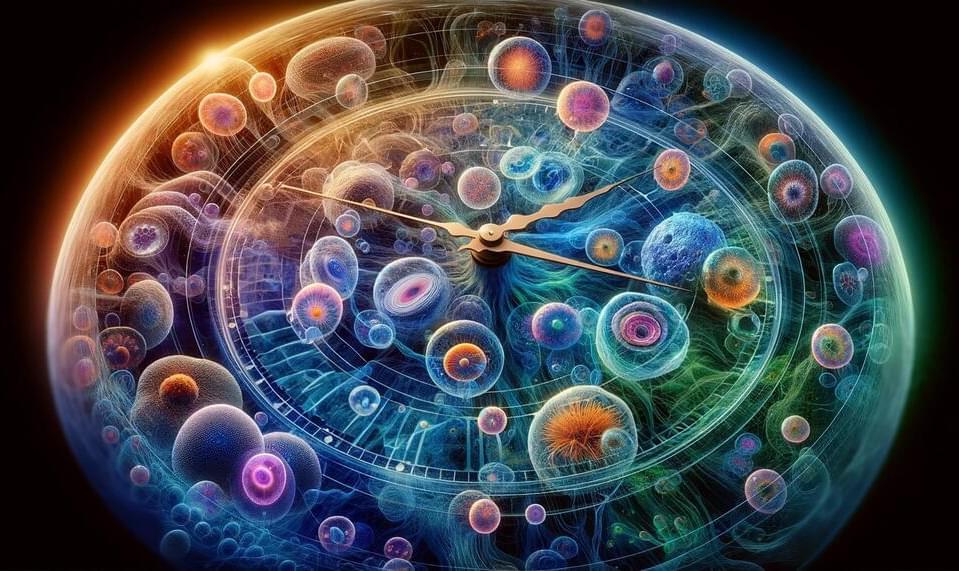
Researchers at Trinity College Dublin, working together with the Royal College of Surgeons in Ireland (RCSI), have developed special fluorescent, color-changing dyes that, for the first time, can be used to simultaneously visualize multiple distinct biological environments using only one singular dye.
When these dyes are encapsulated in delivery vessels, like those used in technologies like the COVID-19 vaccines, they “switch on” and give out light via a process called “aggregation-induced emission” (AIE). Soon after delivery into the cells their light “switches off” before “switching on” again once the cells shuttle the dyes into cellular lipid droplets.
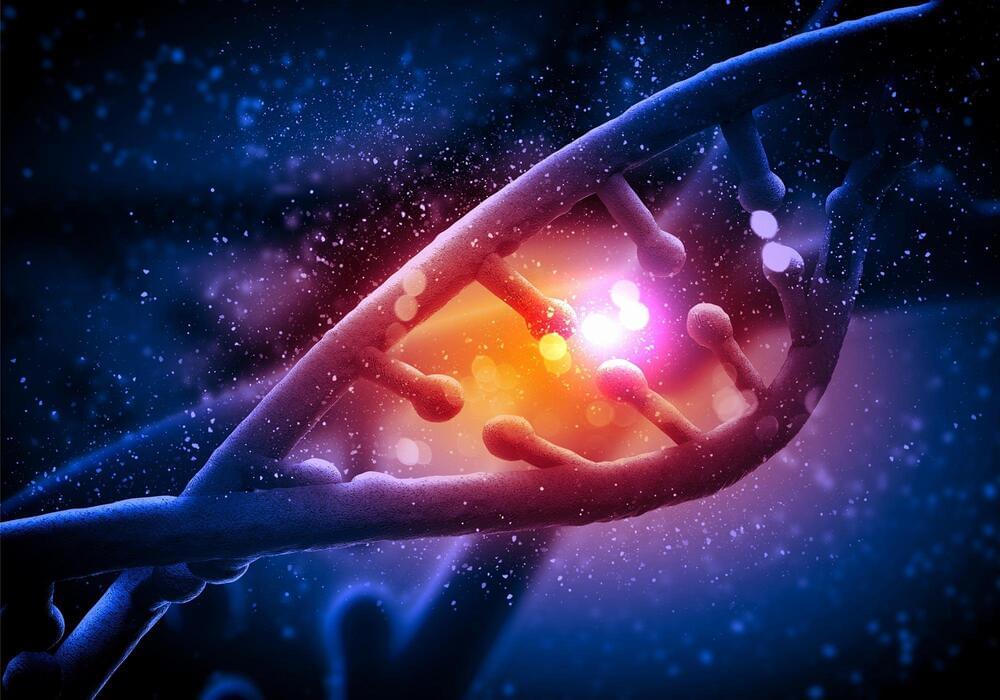
The human genome, a complex mosaic of genetic data essential for life, has proven to be a treasure trove of strange features. Among them are segments of DNA that can “jump around” and move within the genome, known as “transposable elements” (TEs).
As they change their position within the genome, TEs can potentially cause mutations and alter the cell’s genetic profile but also are master orchestrators of our genome’s organization and expression. For example, TEs contribute to regulatory elements, transcription factor binding sites, and the creation of chimeric transcripts – genetic sequences created when segments from two different genes or parts of the genome join together to form a new, hybrid RNA molecule.
Matching their functional importance, TEs have been recognized to account for half of the human DNA. However, as they move and age, TEs pick up changes that mask their original form. Over time, TEs “degenerate” and become less recognizable, making it difficult for scientists to identify and track them in our genetic blueprint.
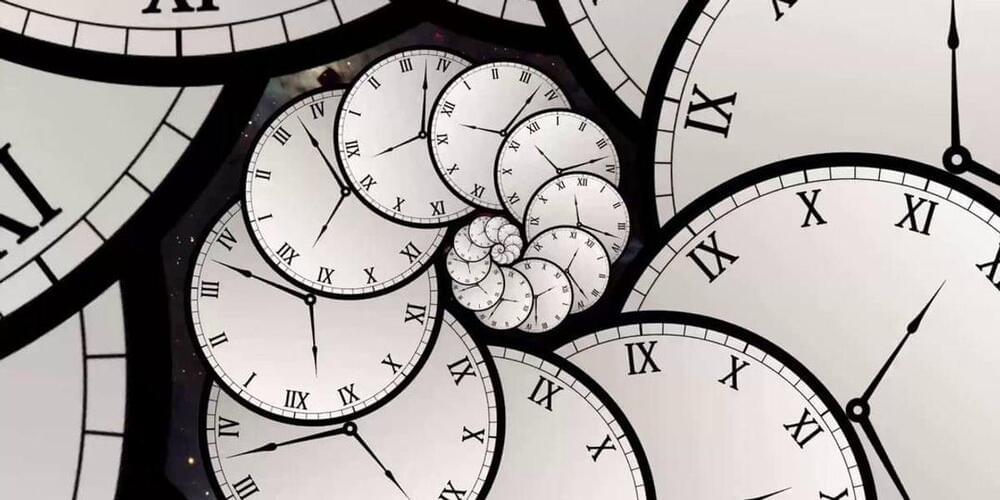
The notion of time travel has fascinated humans for thousands of years, but it’s always been a work of fiction – until now.
Scientists have discovered evidence of time travel for real, albeit at a microscopic level. Till Bohmer and Thomas Blochowicz are the lead authors of a new study, Time reversibility during the ageing of materials, which is published in Nature Physics.
The research from the two researchers at the Technical University of Darmstadt in Germany focuses on time effectively ‘shuffling’ in the structure of certain materials like glass.
